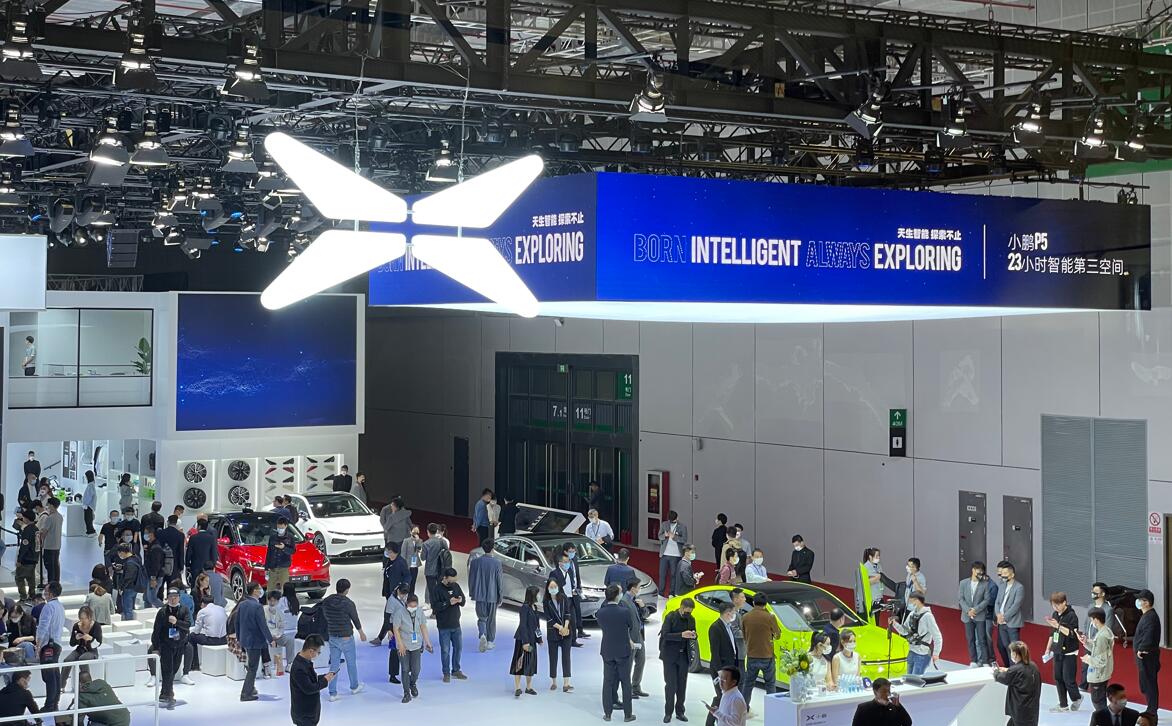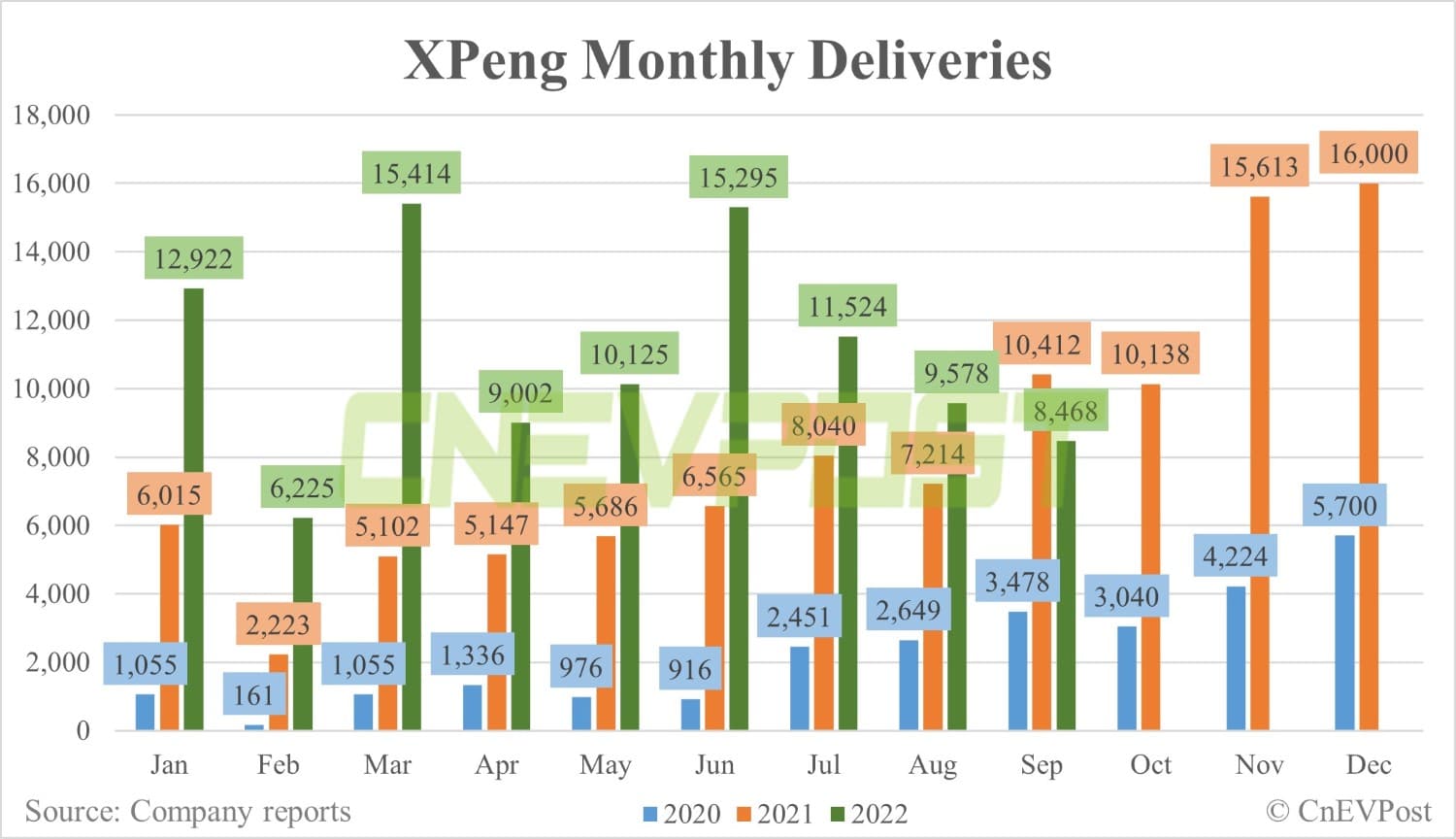Xpeng CEO He Xiaopeng hopes the move will lead to an overall improvement of the previously overly centralized management, reduce communication costs and understand real user needs.
(Image credit: CnEVPost)
Xpeng Motors began an organizational restructuring about 1 week ago and is expected to announce new appointments and the results of the restructuring in the coming week, local media Jiemian said today, citing multiple sources familiar with the matter.
The biggest change in the restructuring is that Xpeng will move to a business unit-based management structure to improve the previously overly centralized structure that slowed down operational efficiency, according to the report.
The round of restructuring involves business units including UDS (user development and service center), product planning and marketing and PR departments, the report said.
The UDS department, headed by Liao Qinghong, especially the sales and service system, will soon become a business unit with the aim of improving efficiency across the board, reducing communication costs and getting closer to users, a person familiar with the matter said.
Liao, who currently serves as Xpeng's chief human resources officer and vice president of sales and service, will stay in his position, the person said.
The business unit under marketing and PR, which was responsible for corporate image, will be upgraded to a Tier 1 department and will no longer be assigned to Xpeng's vice president of marketing, Li Pengcheng, the report said.
Xiang Ying, Xpeng's head of procurement and senior director of marketing and commerce, will be responsible only for procurement and no longer for marketing and commerce-related work, according to the report.
The actual adjustments the company is making will be far more significant than the changes mentioned above, and the final adjustments are expected to be announced internally in the coming week, the report said, citing people familiar with the matter.
Xpeng chairman and CEO He Xiaopeng hopes the move will lead to an overall improvement in the previously overly centralized management, reduce communication costs and get closer to users to understand their real needs, the people said.
Xpeng's deliveries have continued to decline since the second half of the year, falling to 8,468 units in September, only about half of what they were in June.
Xpeng officially launched its highly anticipated flagship SUV, the G9, on September 21, but its complex configuration exposed it to much criticism.
On September 23, two days after the model's launch, Xpeng reorganized the G9's naming logic and pricing, a move that is rare in the Chinese electric vehicle industry.
The immediate reason for Xpeng's latest organizational restructuring was the G9's problematic launch -- complex and incomprehensible product SKUs, product planning that was divorced from user needs, and marketing failures, the Jiemian report said, citing a source familiar with the matter.
Xpeng had product iteration problems before the G9 launch, with the third model, the P5, selling less than expected, the report said, adding that the company's sales were mainly contributed by the P7, but this model has been on the market for nearly three years with limited updates.
Xpeng's products are still competitive and the G9 was able to beat some rivals in terms of experience, but the company did have a number of internal problems that reduced competitiveness, the report said, citing some of the company's employees.
These problems have come into focus after the G9's launch, driving Mr. He's determination to accelerate internal organizational optimization, hoping to improve organizational efficiency through this massive organizational restructuring, these employees said.


